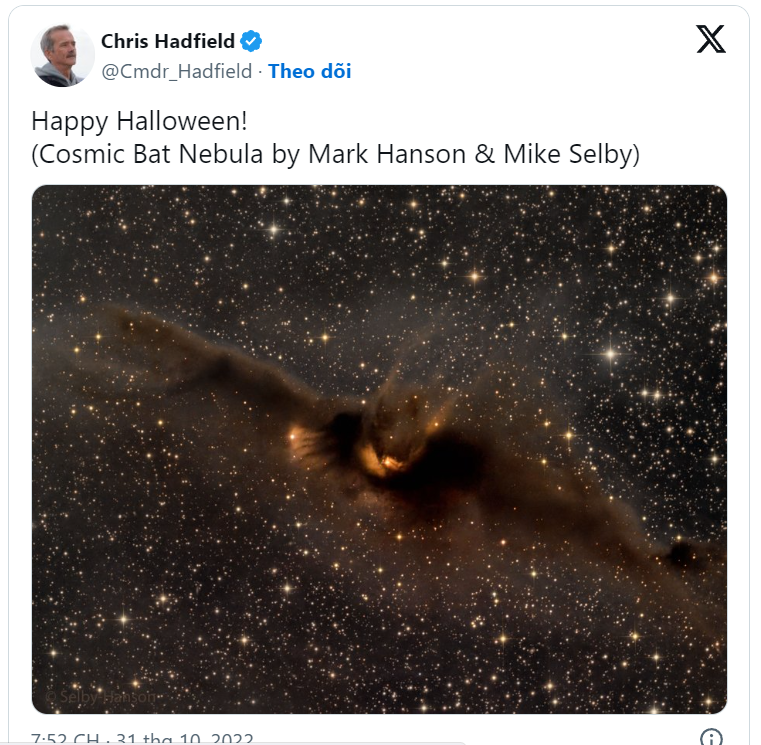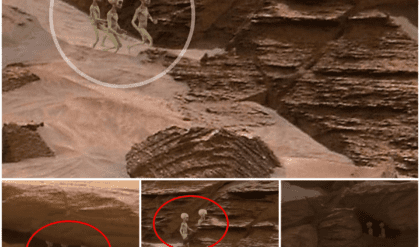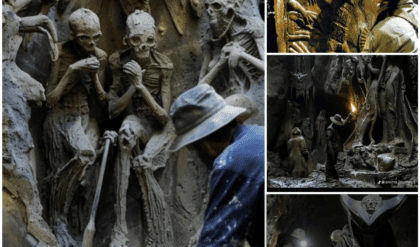NASA captured a photo of a “giant bat” in space flying towards Earth
A photo that has surprised many people shows a nebula in space, shaped very much like a bat. This nebula LDN 43 is defined as “a giant cloud of gas or dust in interstellar space,” nicknamed “the cosmic bat” by NASA and others.

The photo went viral after astronaut Chris Hadfield tweeted it from his Twitter account. Original image posted on October 31, 2022 in the Astronomy Picture of the Day (APOD) section of the NASA website. This image appears very similar to a bat, it has wings, as well as a mouth, eyes, nose, ears and tail. This nebula is also known as the “Star Nursery”.
Happy Halloween!(Cosmic Bat Nebula by Mark Hanson & Mike Selby) pic.twitter.com/bOc6Z4Z8DA
— Chris Hadfield (@Cmdr_Hadfield) October 31, 2022
Geographic differences bring cultural differences. But as long as we go beyond the limits of difference, we can see the diversity of civilizations and the miracles that humans have created on this planet. For example, the bat in traditional Eastern culture (Chinese, Vietnamese…) symbolizes “good fortune”, but in Western culture it is a symbol of scary vampires, symbolizing evil. die. So the symbolic meaning of death and the true meaning of life can also be reflected at the same time in the largest “bat”’ in the galaxy – the LDN 43 nebula.
LDN 43 in the constellation Ophiuchus is about 1,400 light-years from Earth, and its shape resembles a giant bat flying toward Earth. The main body of the “bat” is a molecular cloud dense enough to block starlight. It blocks the stars in the background, as well as the faint light from the neighboring reflection nebula LBN 7.
Although bats symbolize death in Western culture, this giant “‘bat” with a wingspan of 12 light years is actually fertile ground for life. A large number of stellar embryos are created in it, and the brightness in the central part of the image comes from gas nodes where new stars are just being born. It is the young stars deep in the nebula that vividly sketch out this giant “cosmic bat”. Therefore, LDN 43 is one of the important targets for astronomers to study the star formation process.
 Happy Halloween!(Cosmic Bat Nebula by Mark Hanson & Mike Selby) pic.twitter.com/bOc6Z4Z8DA
Happy Halloween!(Cosmic Bat Nebula by Mark Hanson & Mike Selby) pic.twitter.com/bOc6Z4Z8DA




